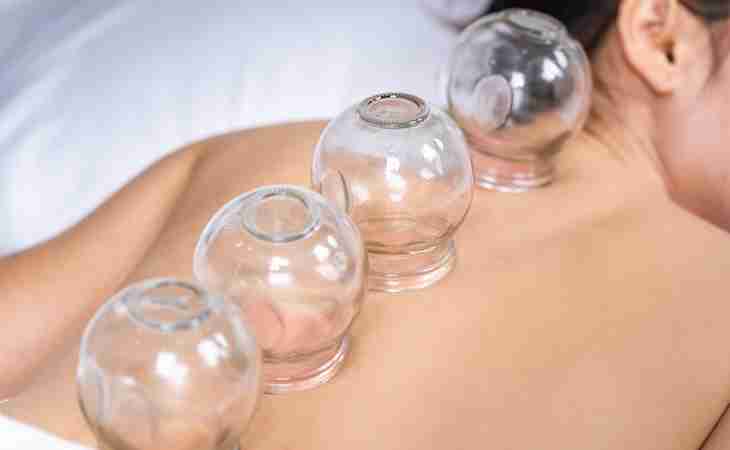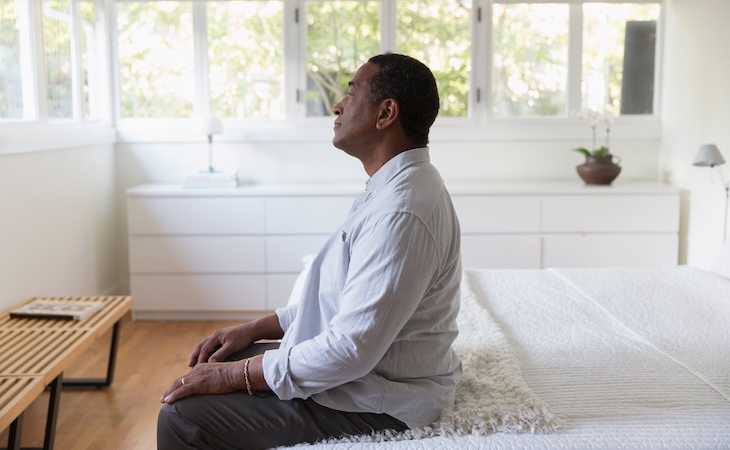Traditional medicine can be helpful to those experiencing sleep difficulties, but many people also find relief through alternative therapies. Several of these therapies, such as acupuncture and reflexology, can help improve sleep. One of the alternative treatments that’s popular right now is cupping, which has the potential to help with pain and sleep.
Ahead, we’ll explore what cupping is, its health and sleep benefits, and how to get started with it.
What is cupping?
Cupping is an ancient healing technique used in Chinese and Middle Eastern medicine, says Laura Krohn, certified wellness practitioner and director of wellness, recreation, and retail at La Cantera Resort & Spa in San Antonio, Texas. During cupping, glass or silicone cups are used to stimulate blood flow and oxygenation of muscle tissue for accelerated healing of tissue and increased flow of energy, or chi, in the body.
There are varied cupping techniques, says Krohn. Techniques range from heating glass cups and placing them on any areas needing tension release to the use of silicone cups (a more modern version), which are used to glide over the skin using a thin veil of oil or serum.
In your exercise classes or among your friends, you may have spotted those tell-tale circular marks on individuals who’ve participated in a cupping session. “The technique can cause rings and even slight bruising or marking, but this fades rather quickly and is not harmful,” says Krohn.
Benefits of cupping for sleep and health
You may be wondering, “What are the benefits of cupping?” Krohn says there are several, which include improved oxygenated blood flow, released tension in the muscles, and better-flowing channels of energy movement, in case you’ve been feeling “off” or sluggish lately.
Cupping can also help with sleep. Specifically, one 2015 study found that cupping can be considered a viable complementary therapy if you’re experiencing sleep problems.
The bottom line: “Any technique that increases blood flow and aids in the release of tension will support more restful sleep,” says Krohn. (Here are the best Ayurvedic remedies to try for better sleep.)
How to get started with cupping
If you’d like to try cupping, there are a few things to keep in mind.
For instance, in order to find a practitioner who specializes in cupping, you can look to physical therapists, massage technicians, and even estheticians to provide this service. But it’s essential to confirm that the practitioner is reputable.
“It’s always important to find a practitioner who works in a reputable establishment,” Krohn says. “Whether it’s your favorite spa, health center, or acupuncture location, it’s always good to call and ask questions. Word of mouth from a friend, family member, health practitioner, and other trusted resources are all ways to find your local cupping specialist.”
As for how often you should go, Krohn says it’ll be based on your body’s needs, and your practitioner is the best person to determine the frequency of treatment. “It can be as frequently as a couple of times a week if deemed necessary by your preferred expert provider,” she explains.
Is there anyone who shouldn’t try cupping? Krohn says again, this depends on the individual. “There are always possible contraindications for every practice or health procedure, dependent on your body’s state of well-being at the time of service,” she says. “This is best determined with your doctor and health practitioner.”
FAQs
Are there any real benefits to cupping?
Some of the benefits of cupping therapy include increasing blood circulation, releasing muscle tension, and potentially improving mood by allowing your energy, or chi, to flow throughout your body more easily. It also has the potential to improve your sleep. While cupping is continued to be explored, the physical benefits have been confirmed through some scientific studies.
How often should you be cupping?
That’s up to your cupping practitioner since everyone’s needs are determined on an individual basis. It could be as often as two times a week if your practitioner thinks your current health state calls for it.
What are the risks of cupping?
While any risks can be dependent upon your state of well-being during the time of your service, some experts report persistent skin discoloration, scars, and worsening of eczema or psoriasis.
Can going to a chiropractor improve your shuteye? Here’s what a chiropractor can and can’t do for your sleep.




